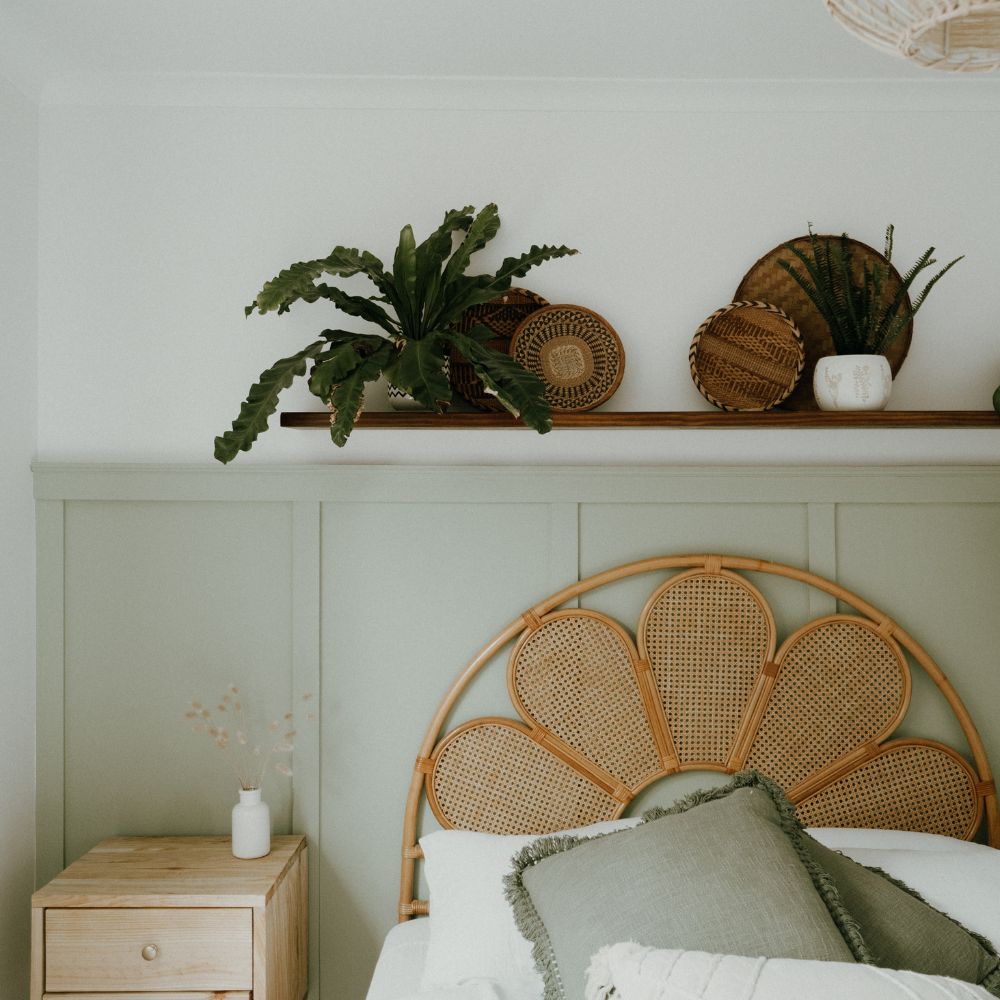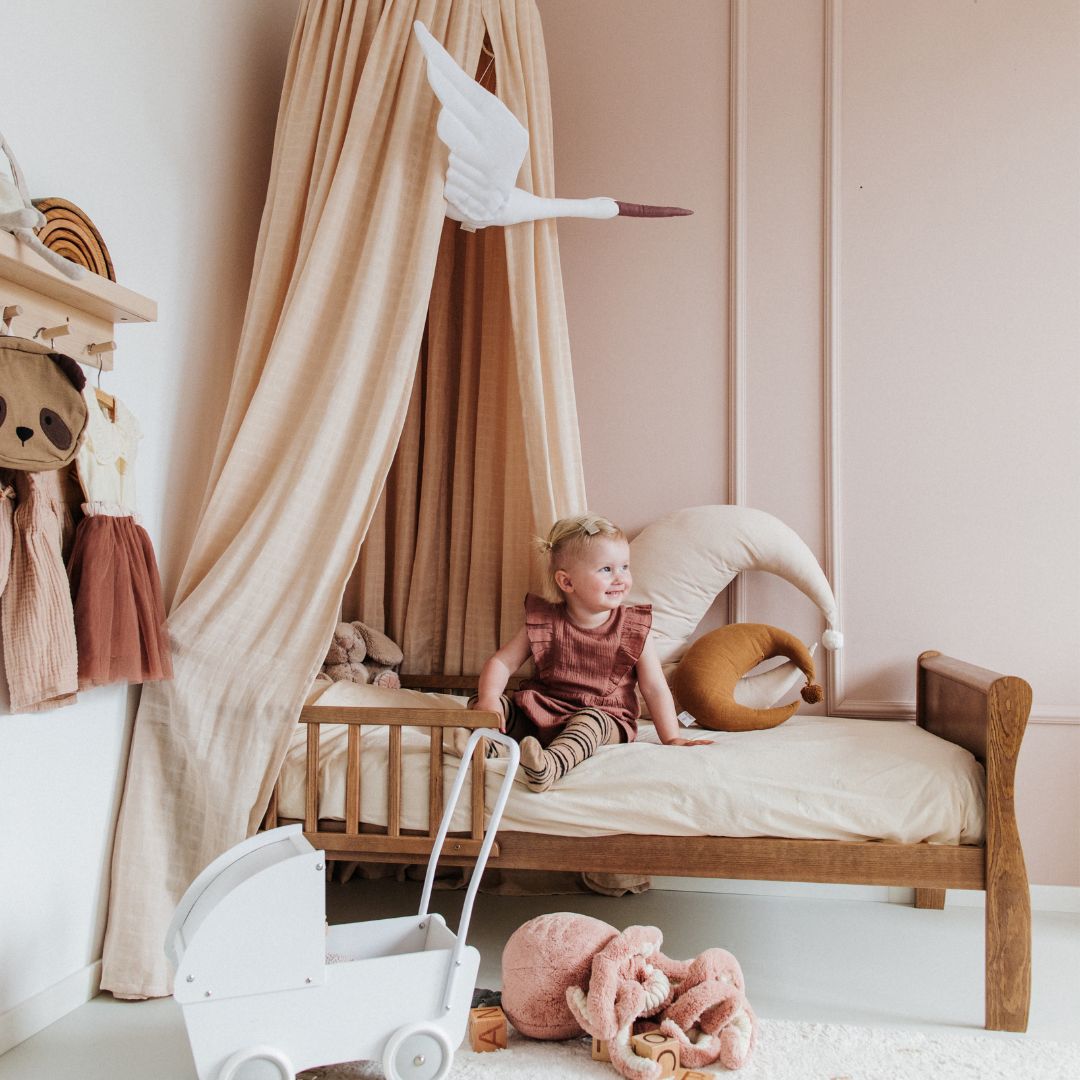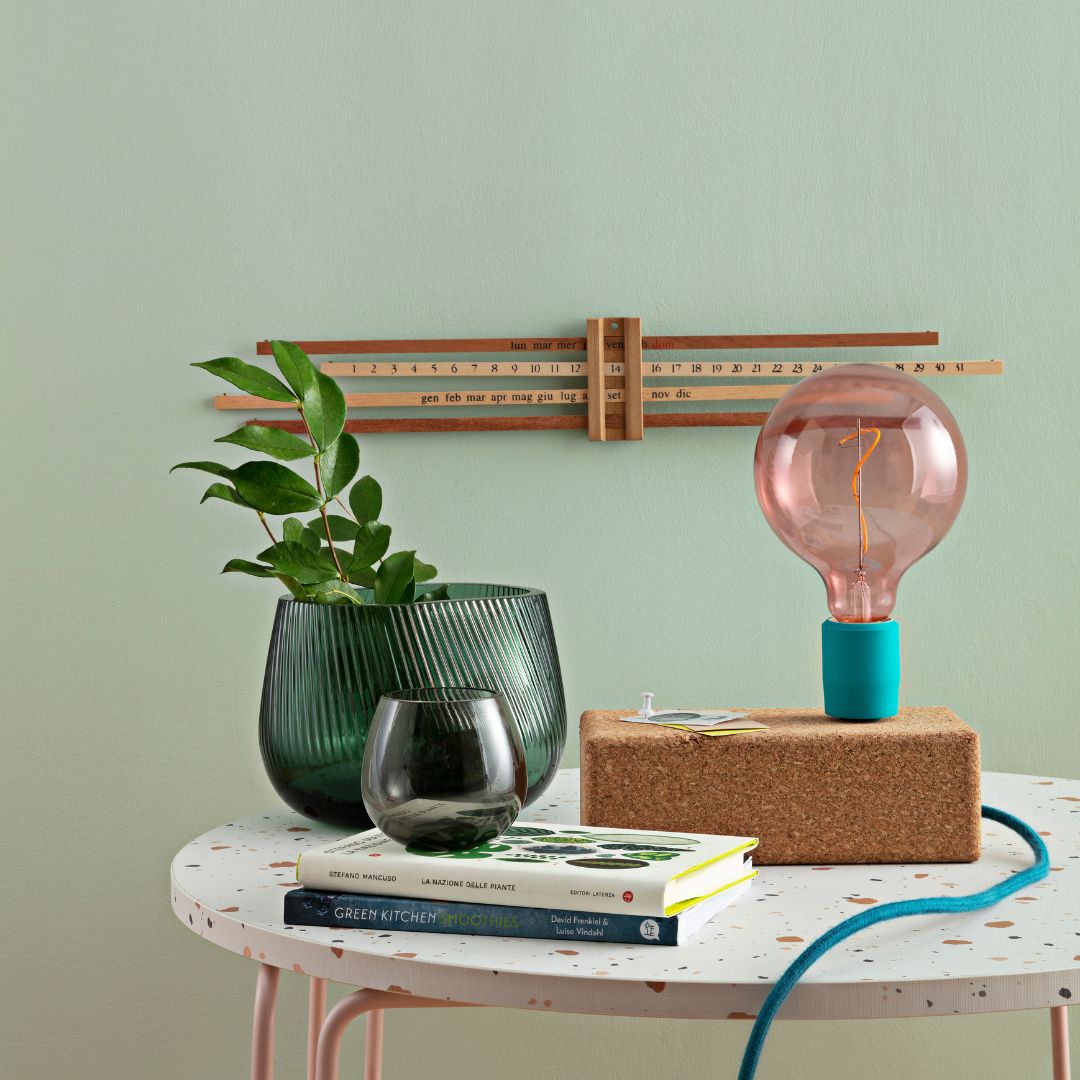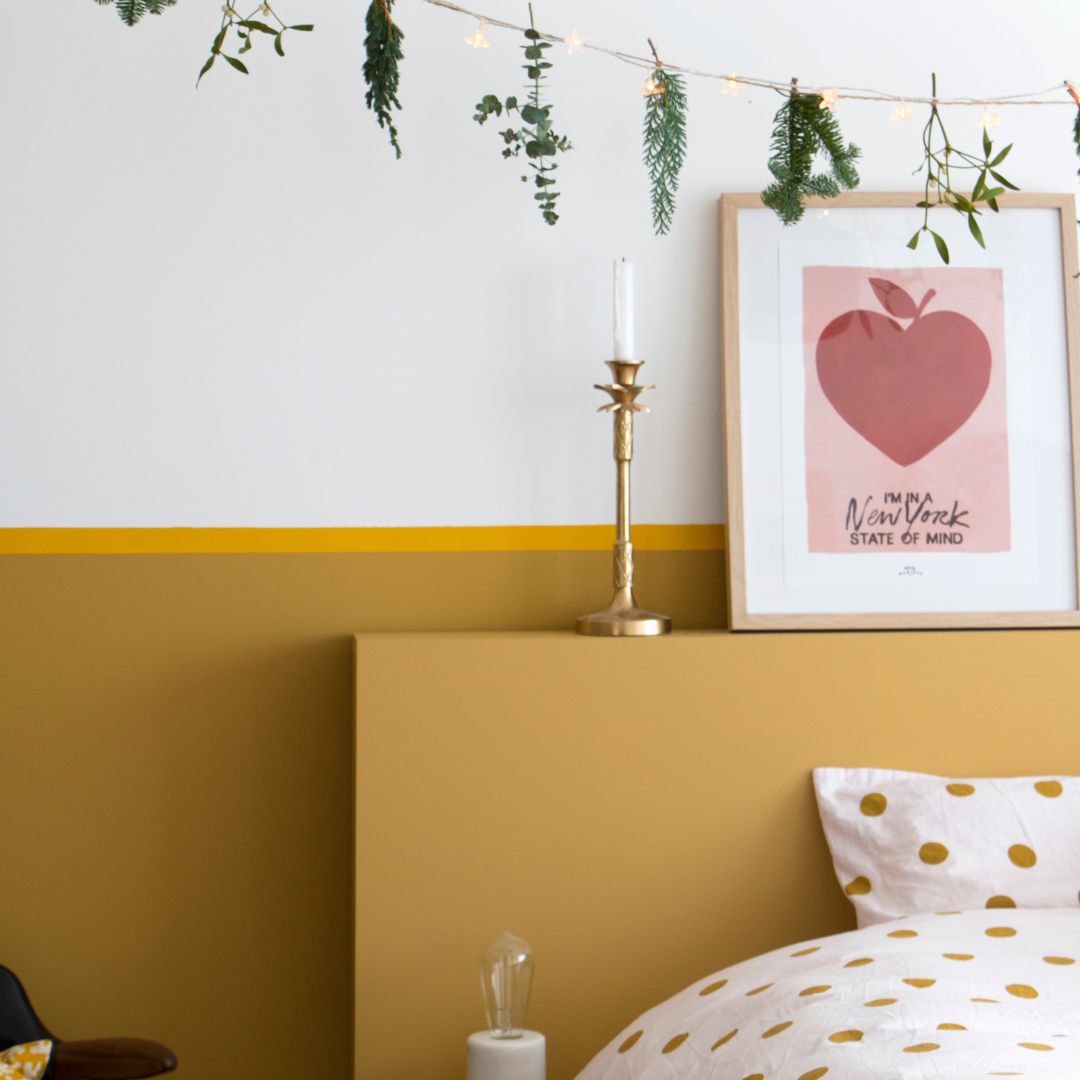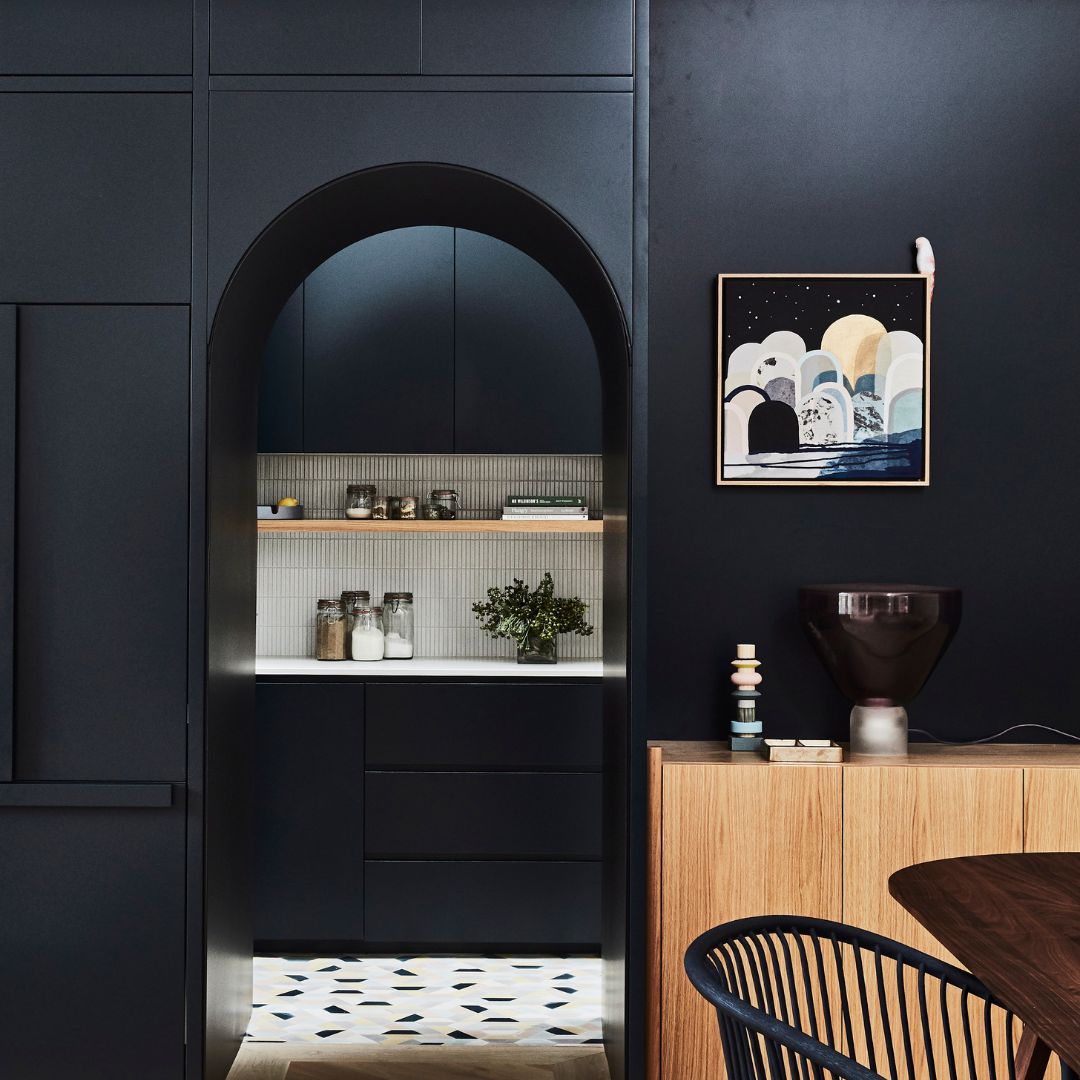Paint is an essential part of interior design, allowing you to dress up and refresh a space. However, behind every painted wall, whether painted white or colored, lies a special product that we sometimes hesitate to apply to save time and money: primer.
Essential, undercoats will play a crucial role in the success of your painting project, firstly to repair any imperfections and also to promote the adhesion of the finish.
The primer is the first step in successfully completing your project and achieving a consistent finish in your interior.
It ensures certain adhesion, in particular to prevent cracking or lack of adhesion of the paint.
It is also an excellent way to even out the surface, ensuring a smooth and even application of the finishing paint.
Although you may not necessarily see the primer when it is applied to your walls or ceilings, it guarantees a smooth and even application, ensuring the fidelity of the finishing color applied to your wall or surface.
Decoratively, the undercoat greatly influences the final appearance. It can intensify the paint color and enhance the finish, whether you're going to apply it matte or glossy.
Is underlayment mandatory?
The primer is not mandatory, although we systematically recommend it, regardless of the condition and type of support on which you are planning your painting project.
To convince you of the usefulness of the undercoat, we offer you the 3 major advantages of applying a primer.
Better grip
The first and perhaps most crucial function of a primer is to ensure proper paint adhesion to your walls and ceilings. Without proper adhesion, paint may chip or peel over time, compromising the durability and aesthetics of your work. A primer allows the finish to adhere perfectly to your interior wall by promoting strong adhesion.
A uniform support
Finally, the primer helps to even out the surface to be painted. It fills in small imperfections and ensures that the color and finish of the topcoat are uniform across the entire wall or piece of furniture, particularly by also reducing the risk of streaks.
Undercoats according to the type of support
Choosing the right undercoat varies greatly depending on the type of substrate you're working with. Whether it's wood, plaster, or metal, each material requires special attention to ensure an optimal finish. Here's an exploration of the right undercoats for each of these materials, along with tips to help you make your choice.
An undercoat for wood
Wood is a living material that can expand, contract, and absorb moisture. To prepare it for painting, it's crucial to use a primer specifically designed for wood. These primers help block tannins and resins that could otherwise seep into the paint, causing stains and discoloration. They also ensure a smooth, even surface, essential for a flawless finish. When selecting a wood primer, look for products that offer strong adhesion and moisture resistance.
To learn more, see our article on undercoat for wood
Undercoat for plaster and walls
Plaster walls or ceilings, common in older buildings, can be particularly absorbent and prone to stains. A primer suitable for plaster will seal the porous surface, preventing paint from soaking through and ensuring even coverage. It also prevents staining and discoloration. For plaster, choose primers that promise good adhesion and the ability to seal the surface to avoid excessive paint absorption.
Undercoat for Metal
Painting metal presents its own challenges, including rust prevention and ensuring long-lasting adhesion. Metal primers are often formulated with rust inhibitors to protect the metal. They create a strong adhesive layer that allows the topcoat paint to adhere without flaking.
How do I identify my support?
Make sure you know the type of surface you'll be painting. This will greatly influence your choice of undercoat.
For outdoor surfaces or in wet areas, choose underlayments designed to withstand the elements.
If in doubt, do not hesitate to ask our customer service for advice, who will be able to guide you on the underlay to use for your project.
When it comes to Algo paints, we are promoting a universal ecological undercoat for walls, ceilings and woodwork.
What tools should be used to apply the undercoat depending on the type of support?
The printing undercoat is applied differently depending on the type of substrate and undercoat you are going to apply.
For example, on plaster it is necessary to apply with a roller to obtain uniform coverage.
For Algo paints , it is recommended to use 14mm microfibre rollers for a uniform result.
On wood, depending on the surface to be painted and the desired result, several application methods are available to you: mainly a sleeve or a brush with application in the direction of the grain.
On firmer surfaces like concrete or cement, long-pile rollers will be effective.
